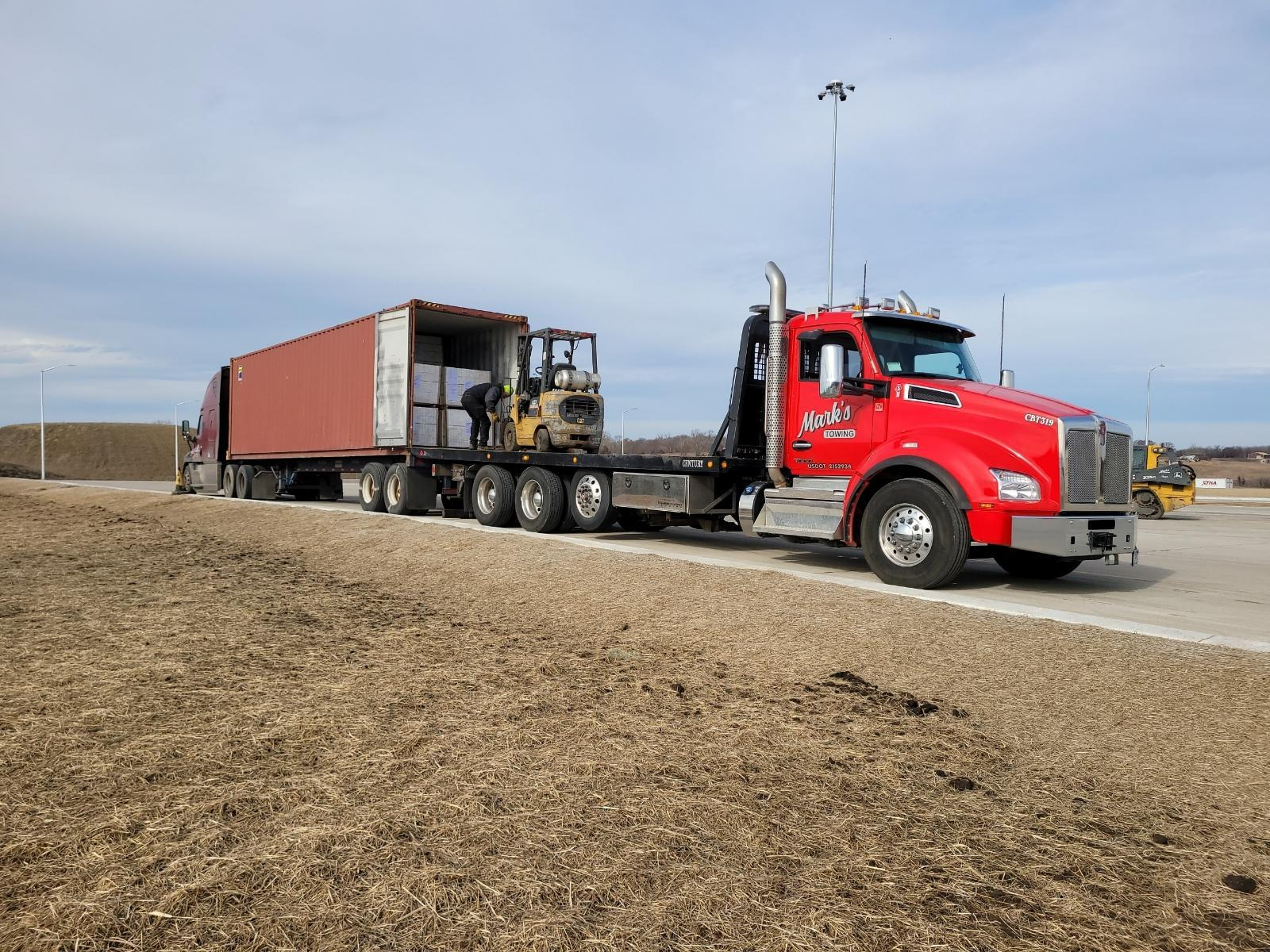
When transporting goods from point A to B, logistics can get complex.
Drayage is undoubtedly an important part of a successful supply chain. Understanding the significance of drayage is important for efficient supply chain management and smooth cargo movement.
In this blog, we will explore the role of drayage service for cargo transport solutions.
What is Drayage?
Drayage is a freight transportation process that involves trucks moving containers once they arrive, without manipulation of the goods, unlike dry van transport.
This usually occurs in the same geographical area, from one port to a distribution center or storage space.
Unlike long-haul truckings, drayage service carries containers usually over a short distance and ensures a smooth transition of goods between transportation modes, such as from a ship to a train or truck.
Why is Drayage Service Important?
Drayage services are crucial to supply chain management as a last-mile process. Between 2023 and 2028, the drayage services market is expected to grow by USD 3.60 billion at a compound annual growth rate (CAGR) of 2.52%.
Trucks carry goods from the ports to the warehouses and distribution centers, helping to ensure the smooth flow of cargo from the ports, an efficient drayage service will save money and time in port hauling. These also help to avoid traffic at the ports, which may add to the inconvenience.
Drayage is crucial to international trade because it enables shippers to transfer goods across great distances using multimodal f transportation.
The drayage service is an essential component of the global trade ecosystem since its effectiveness directly affects the total speed, cost, and dependability of shipment.
Types of Drayage Services:
Different types of drayage services are used in the logistics industry. Knowing about these helps one understand their usage and benefit from their flexibility.
- Port Drayage
This involves the transportation of goods from a port to a nearby warehouse, distribution center, or another destination. Port drayage is essential for moving containerized freight after it arrives by ship. - Inter-carrier Drayage
This service involves transporting goods between two different carriers. For example, a drayage provider might move a container from a rail terminal to a trucking depot. - Intra-carrier Drayage
In this type, containers are moved within the same carrier's network. This often involves transporting goods between facilities owned by the same logistics provider. - Expedited Drayage
Expedited drayage focuses on fast, time-sensitive delivery of goods. It is used when shipments require urgent movement to meet deadlines or avoid delays. - Long-Haul Drayage
Long-haul drayage refers to moving goods over longer distances, often covering hundreds of miles.
Role of Drayage in Transport Solutions
- Seamless Intermodal Transportation
Drayage plays a crucial role in connecting different modes of transport—such as ships, trains, and trucks—facilitating efficient intermodal transportation. It ensures that goods move seamlessly between these modes, optimizing freight flow across long distances. - Port & Terminal Operations
These services are essential in port and terminal operations, where containers must be moved from ships to storage yards, warehouses, or rail terminals. - Inventory Management
Effective services help businesses manage inventory by ensuring that goods are transported quickly and reliably between locations. This supports just-in-time inventory practices, reduces storage costs, and helps maintain a steady flow of goods throughout the supply chain. - Supply Chain Flexibility
Drayage provides supply chain flexibility by enabling companies to respond quickly to changing market conditions, such as demand fluctuations or shipment delays.
It allows businesses to reroute shipments, adjust schedules, and maintain the agility to keep operations running smoothly. - Cost Optimization
These services contribute to cost optimization by ensuring efficient short-distance transport of goods, reducing waiting times, and improving cargo movement efficiency.
Drayage Fees: How to Calculate?
Drayage fees are charged for the short-distance transportation of goods, typically from a port or terminal to a warehouse or distribution center.
These fees can vary based on several factors, and understanding how to calculate them helps businesses optimize their logistics operations.
- Distance Traveled
The primary component of drayage fees is the distance between the pickup location (such as a port or rail terminal) and the delivery point. - Time and Labor
The time it takes for a driver to complete the drayage service impacts the cost. Detention fees may be added if the driver spends additional time at the port due to delays such as loading or customs clearance. - Type of Equipment Required
Different types of equipment are used depending on the size and type of cargo. For example, drayage fees might be exceptional, and a chassis of the drayage or handling equipment might be required. - Chassis Fees
Many drayage operations involve moving a container using a chassis. Chassis rental fees are often charged as an additional cost, and rates may vary based on the duration of use or availability at the port. - Fuel Surcharge
Drayage fees typically include a fuel surcharge to account for fluctuations in fuel prices.
Special Fees: like storage, per diem, pre pull and some other particular fees
Bottom Line
Drayage services are essential for ensuring efficient and timely transport of goods from ports to their final destinations. Drayage is critical in modern logistics as it facilitates seamless intermodal transportation, optimizes port and terminal operations, and provides supply chain flexibility. As global trade grows, reliable drayage services will continue to rise, becoming a key factor in successful transport solutions. Ensure your drayage operations with UTB Logistics, an experienced provider to efficiently solve your transportation needs.
